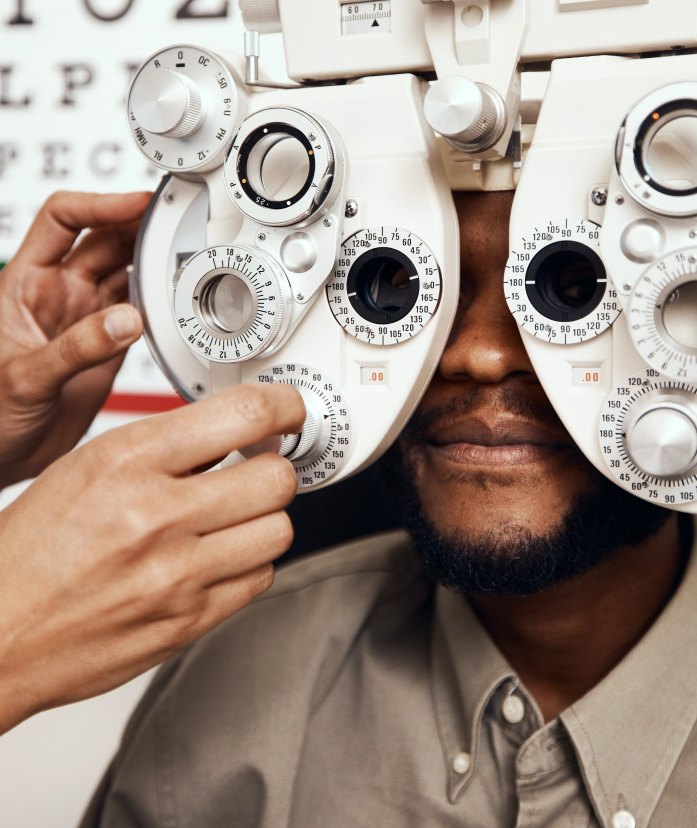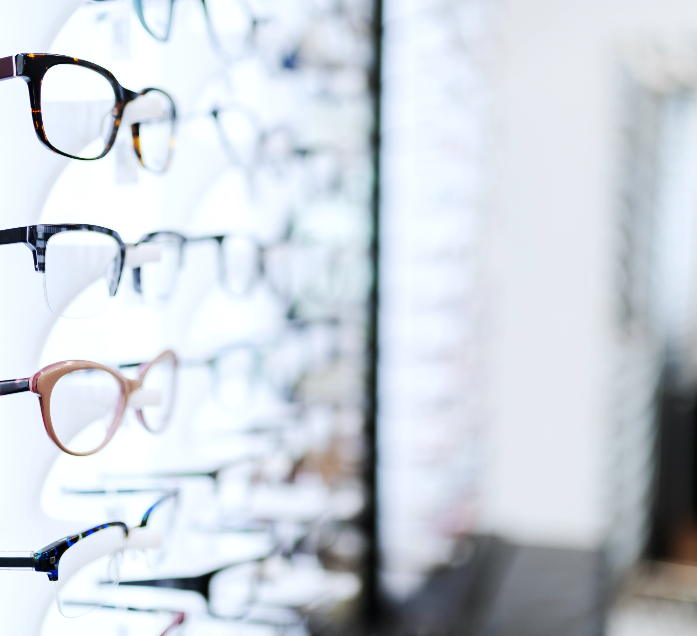Accelerated Orthokeratology (AOK) is a non-surgical procedure which can reduce or eliminate myopia (nearsightedness) in both adults and children using specially designed ‘retainer’ contact lenses. The principle of AOK is similar to the use of a dental retainer used by an orthodontist to realign teeth. The retainer contact lenses are worn at night while sleeping.
They are removed upon awakening to provide clear vision without using eyeglasses or contact lenses. The retainers are comfortable to wear and very easy to care for.
By slight modifications in the shape of the cornea, clear functional vision is achieved throughout waking hours. This is achieved by gently flattening the the top layer of the cornea – the epithelium. The amount of flattening required is approximately 6 microns per 1 dioptre of myopia. Thus to eliminate myopia of 4 dioptres the corneal epithelium needs to be flattened by approx. 24 microns – only 0.024 millimeters.

AOK uses specially designed ‘reverse geometry’ RGP contact lenses to gently reshape the cornea overnight while sleeping. Reverse geometry means that the contact lens fits closer to the eye centrally, and further away from the cornea peripherally. This creates a fluid pressure gradient that gently flattens the epithelium – and this is the change required to reduce myopia.
The picture to the right is of a well-fit AOK or Ortho-K lens using fluorescent dye in the tearfilm to demonstrate the reverse geometry pattern. After the retainer is removed, the cornea retains its new shape throughout the following day, thus providing clear vision. The retainers need to be worn nightly to maintain the effect. Once the correct corneal shape is well-established (after several years of wearing the retainers nightly), many AOK patients can reduce their wearing schedule to every other night or approximately 3 nights a week.
Ortho-K started more than 50 years ago when eye doctors noticed that some of their patients wearing RGP contact lenses had unexpected decreases in their myopia even when out of their lenses.
Initially, only old-fashioned, hard contact lens material (PMMA) was used, which was not suitable to overnight wear. A series of lenses were needed, each lens flattening the cornea a small amount until the desired results were attained. This took months to years to accomplish, and lenses often needed to be worn during the day as well.

You will now find us at our new and improved clinic at 450 East Broadway, just a few blocks east, on the corner of East Broadway and Guelph St.
We now have 15 underground parking spots reserved for staff and patients. In addition, there is free parking beside the clinic on Guelph Street all day, and in front of the clinic on East Broadway between 10am and 3pm.
We look forward to seeing you at our new space.
| Mon – Fri | 8am – 7pm |
| Saturday | 8am – 6pm |
| Sunday | 10am – 5pm |